Vision Pro’s Learning Curve: How to Prevent Developer Exhaustion
The Apple Vision Pro, a mixed-reality headset that integrates both augmented reality (AR) and virtual reality (VR) capabilities, has gained significant attention for its immersive experience. As developers dive into the world of creating content for this advanced device, they face a learning curve. This article explores the challenges developers might encounter while mastering Vision Pro development and offers strategies to prevent exhaustion and burnout.
The Learning Curve with Vision Pro
Like any new technology, the Vision Pro presents a learning curve for developers. They must familiarize themselves with the device's capabilities, understand the integration of AR and VR, and learn to create content that truly leverages the device's potential. Here are some of the challenges developers might face:
- Understanding the Technology: Mastering the blend of AR and VR can be complex. Developers not only need to understand both concepts but also how they integrate for a seamless user experience.
- Creating Immersive Content: The Vision Pro is designed for high-quality, immersive experiences. Developers are challenged to create content that fully takes advantage of the high-resolution display and spatial audio.
- Eye and Hand Tracking: The Vision Pro uses advanced sensors for eye and hand tracking. Developers must learn how to incorporate these features into their applications and games effectively.
- Customization: The Vision Pro runs on Apple's M2 chip, which potentially introduces new programming and optimization challenges for developers.
Strategies to Prevent Developer Exhaustion
While the learning curve with the Vision Pro can be steep, there are several strategies that can help prevent developer exhaustion and burnout:
1. Continuous Learning and Training
Developers must commit to continuous learning and training. Regularly updating their skills and knowledge about the Vision Pro and its capabilities can prevent them from feeling overwhelmed. Apple and other organizations offer training and resources that can be very helpful.
2. Collaborative Development
Working in a team can significantly reduce the burden on individual developers. By sharing knowledge, skills, and workload, developers can better manage the demands of learning and developing for the Vision Pro.
3. Breaks and Time Management
It's crucial for developers to take regular breaks to avoid burnout. They should also use time management techniques to ensure they're not spending excessive hours on development tasks. Balancing work with rest and relaxation can help maintain their mental and physical health.
4. Utilizing Developer Communities and Forums
Online communities and forums can be a great source of support and information. Developers can learn from others' experiences, ask questions, and find solutions to common problems.
5. Adaptation and Experimentation
Developers should be open to experimenting with new ideas and techniques. Being adaptable and flexible can prevent frustration when facing challenges and can lead to more innovative solutions.
Conclusion
While the learning curve for the Vision Pro can be demanding, with the right approach, it's manageable. Developers must commit to continuous learning, collaborative work, taking regular breaks, and leveraging the support of online communities. With these strategies, they can master Vision Pro development without succumbing to exhaustion or burnout.




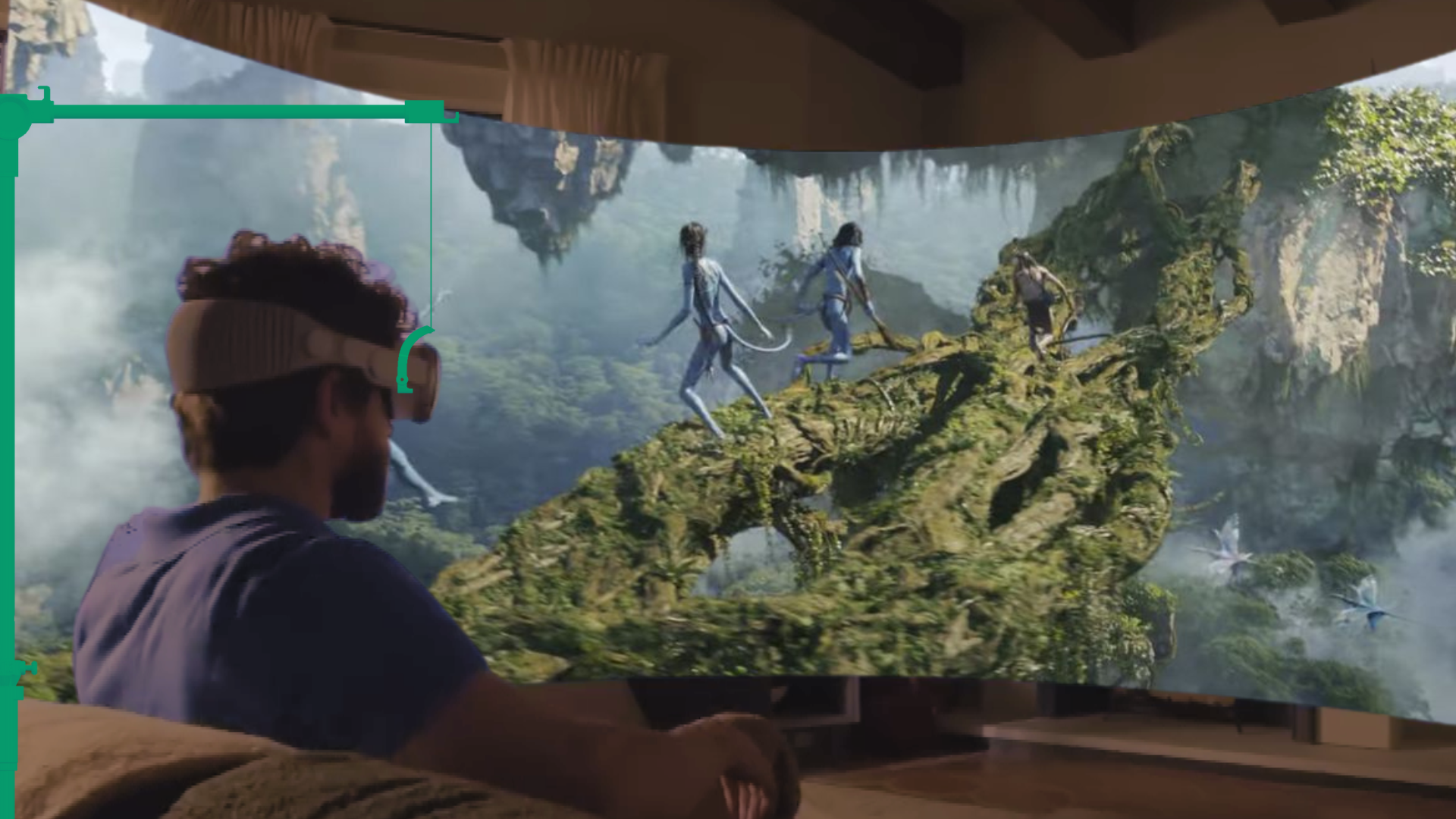
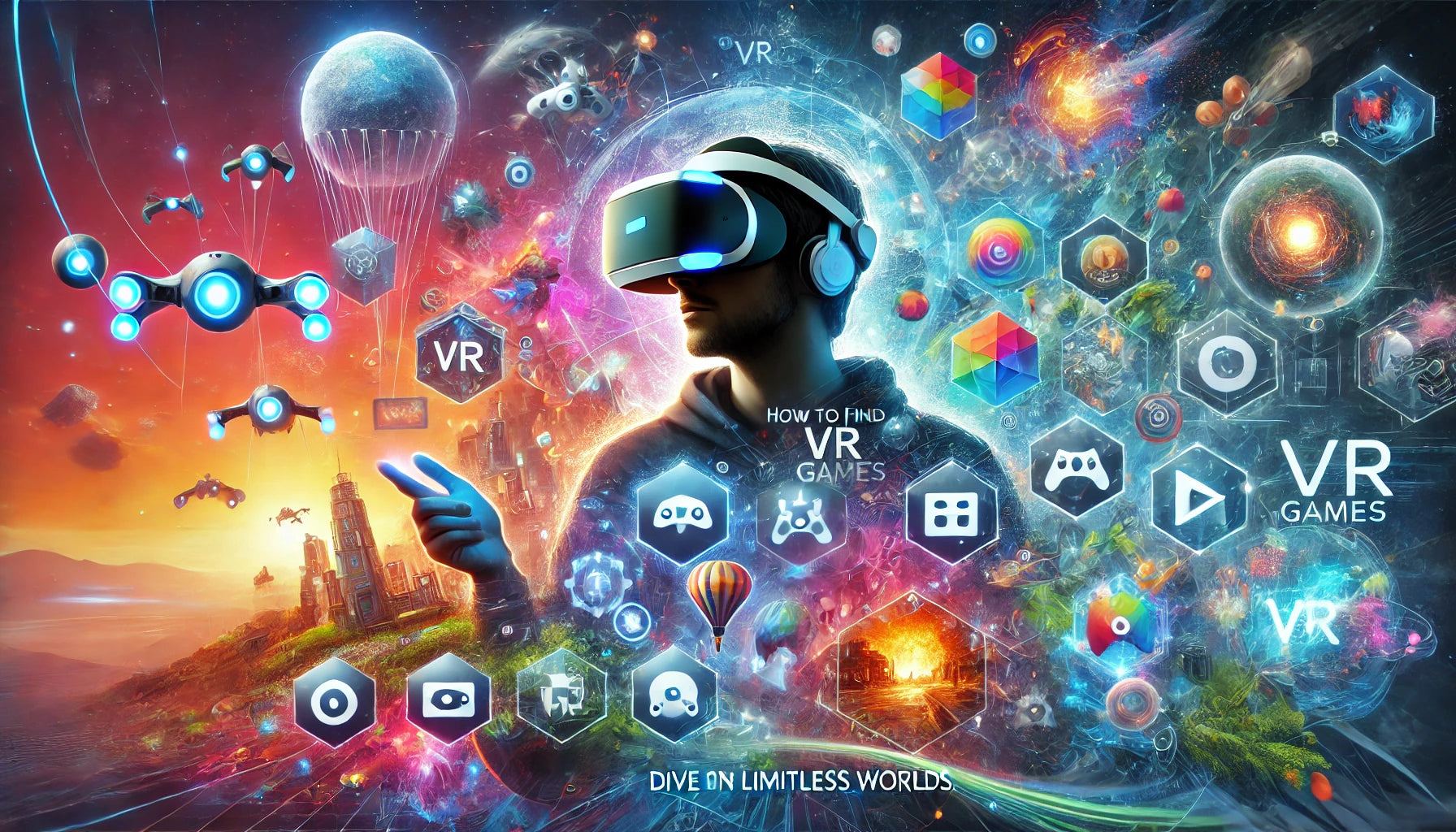
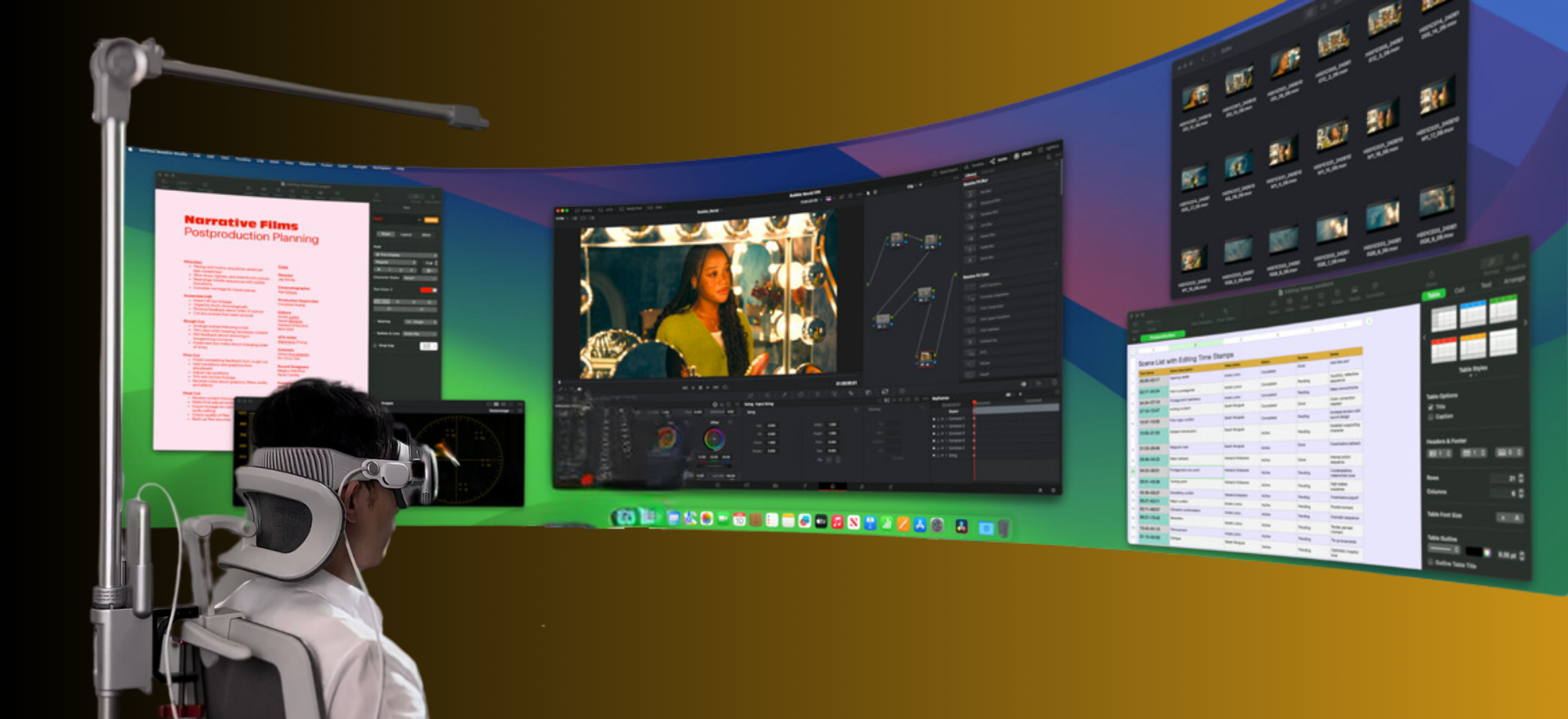
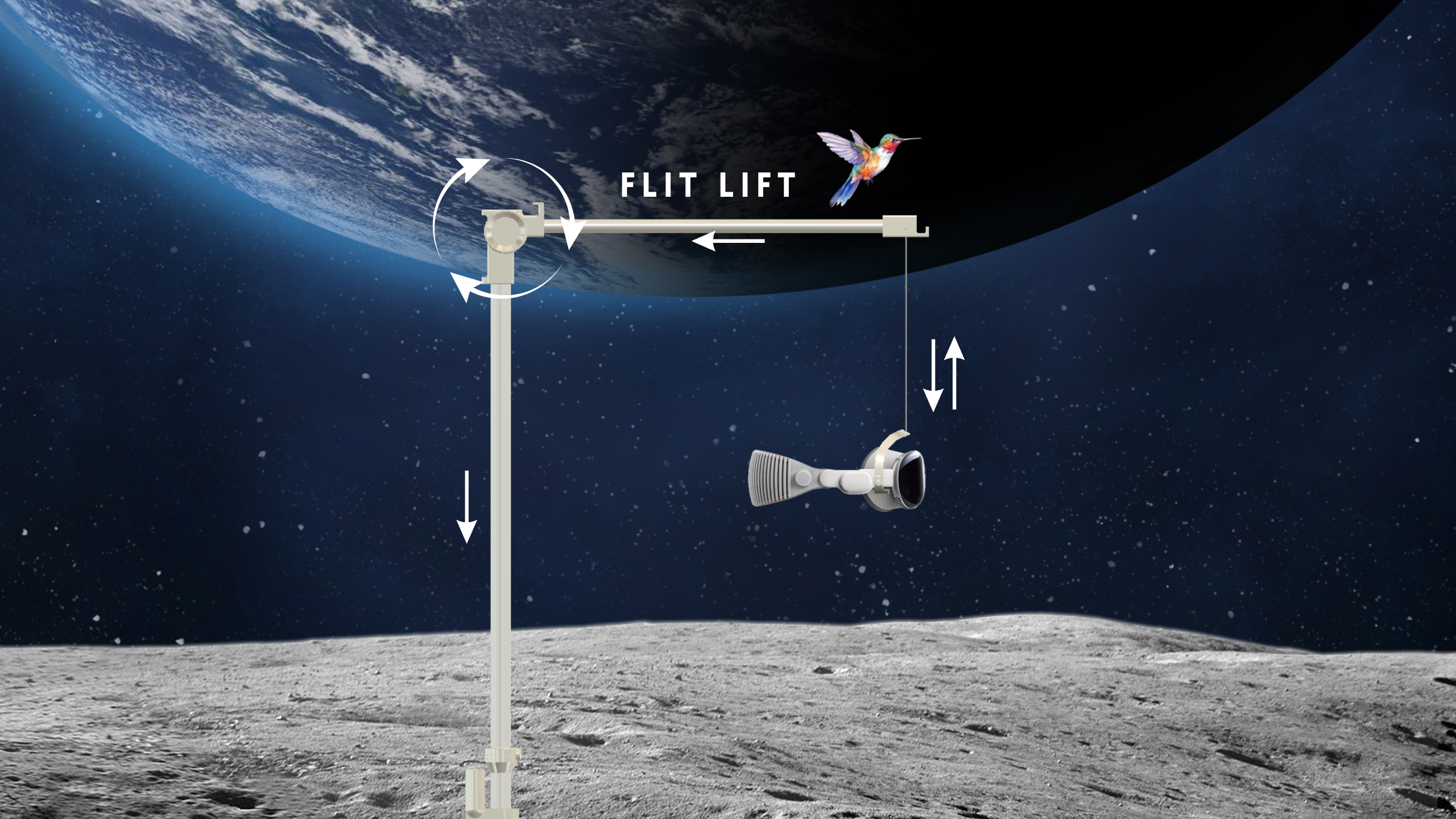
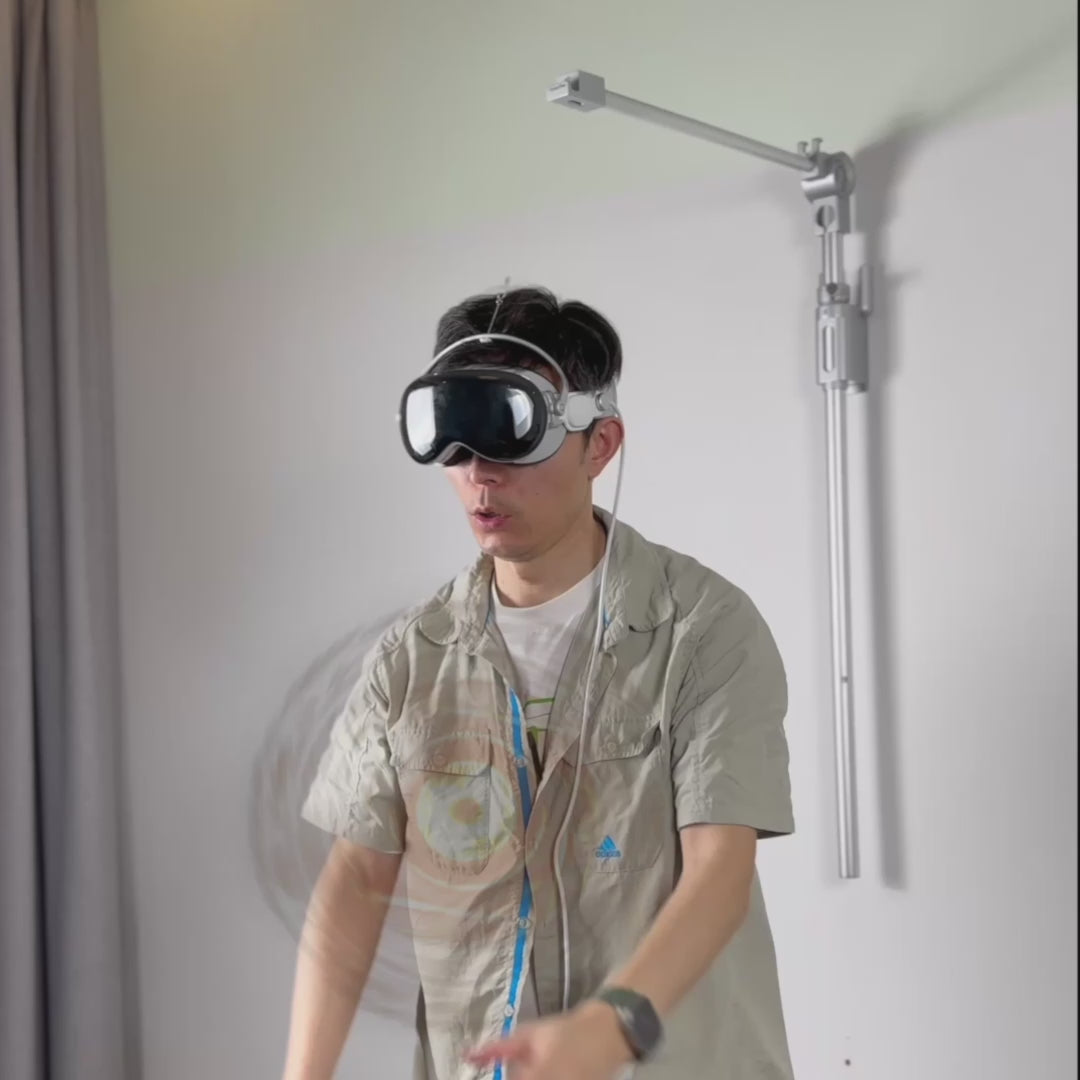
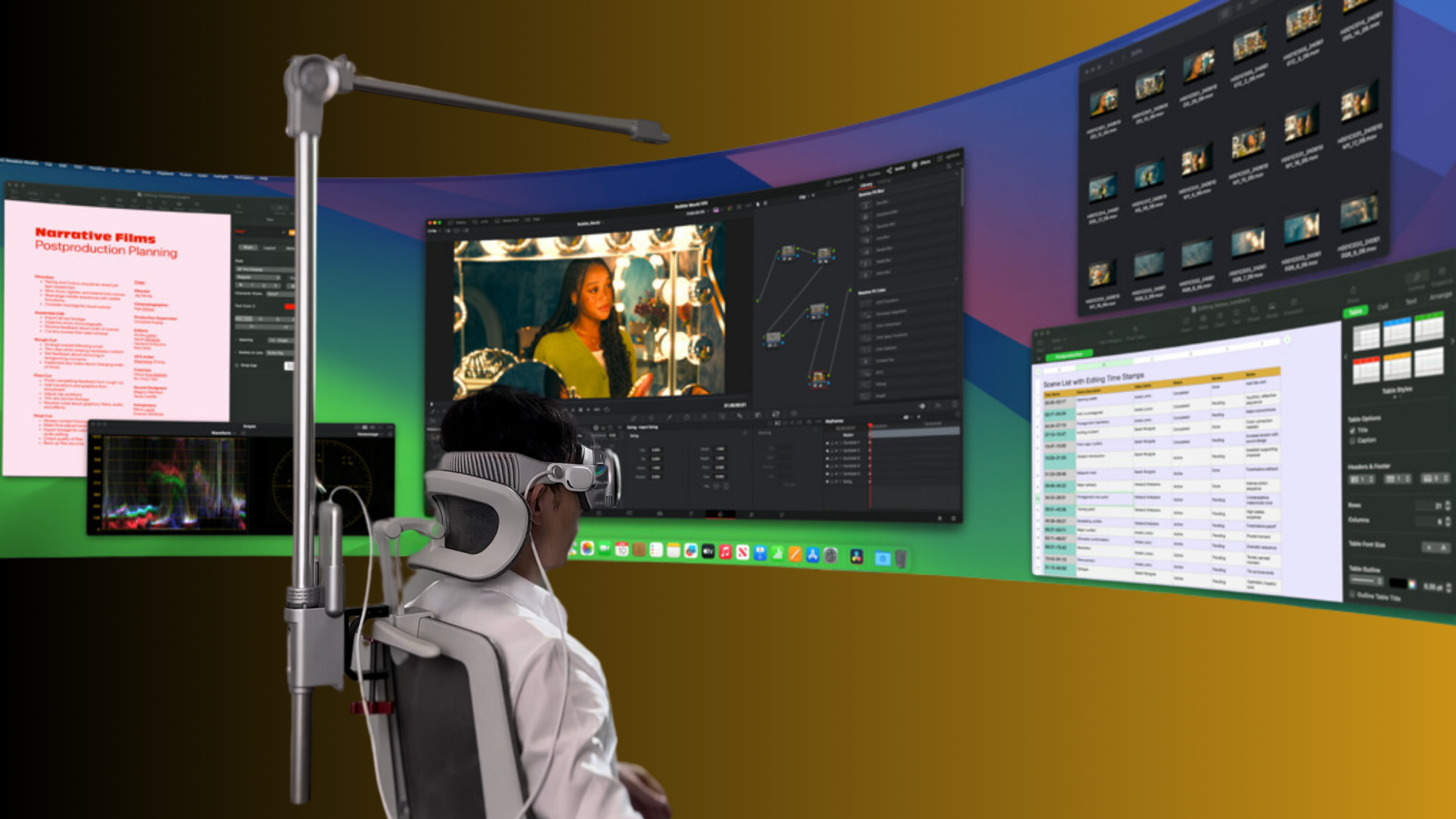


Compartir:
Vision Pro and the Changing Landscape of Developer Workloads
Overcoming the Fatigue Factor: Managing Developer Stress in the Vision Pro Era